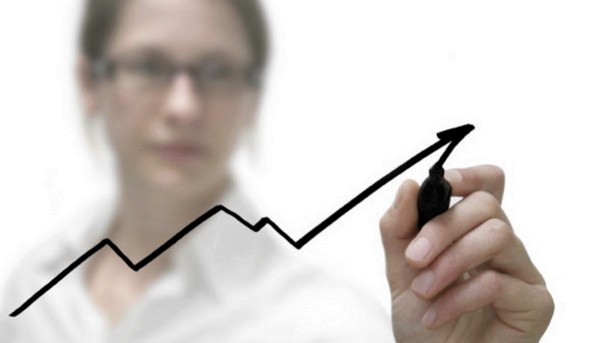This week Down Under
Food industry now accounts for a third of all Australian manufacturing

This is according to a policy paper by EY for the country’s apex food body, the Australian Food and Grocery Council.
The research places food and grocery as Australia’s biggest manufacturing sector, representing 30% of all manufacturing in the country, said Tanya Barden, who will take over as the AFGC’s chief executive next month.
“This report underlines the value of the Australian food and grocery sector at a time when other manufacturing is moving offshore and being buffeted by internal and external economic pressures,” she added.
The segment now employs over 300,000 workers with a value addition of A$29bn since 2008—nearly three times higher than machinery, equipment and fabricated steel, the next biggest manufacturing subsector.
Food and grocery is also likely to play an increasingly important role in the future as traditional manufacturing areas, like the car industry, move off-shore, and international demand for Australian products increases.
Australia’s reputation as a producer of clean and safe food and beverages is playing a significant part in export growth, said Andrew Metcalfe, a lead partner at EY.
This, combined with rising global demand for food “gives Australia a great opportunity to drive jobs and investment growth for the future,” he said.
“While domestic conditions remain challenging, food and grocery processing is an area of strong export growth with an 11% surge in exports last year. These results show a huge potential for future growth,” Barden added.
More from Down Under…
Beston ramps up milk supply to support cheese expansion
Australian food group Beston Global Foods has secured a deal to acquire an additional 60m litres of milk per year from 20 South Australian dairy farmers in a bid to support fast-growing demand for its cheeses.
This increase in supply will go alongside the 20m litres provided by its own farms, though it still leaves a shortfall of 20m litres before Beston can meet the 90m litres it requires to fulfil orders from growing markets like China.
Australian dairy product exports to the Far East have increased by nearly 30% over the past five years.
The Adelaide-based business is currently in the process of installing a state of the art mozzarella plant at it Jervois factory which will have an overall production capacity of 145,000 tonnes per year.
It has also commenced production of Parmesan, with batches being matured at a refurbished plant at Murray Bridge in South Australia. The cheese go to market next year.
"All of the dairies involved have been supplying other national dairy food groups and were looking for alternatives," said Beston’s chief executive, Sean Ebert.
"We are in talks with other dairies in major South Australian milk production areas and expect to reach the target in coming weeks.”
Despite China’s potential, Beston has warned that it will incur "an overall loss" for the current financial year, largely due to a lack of sales there.
In March, it agreed to supply dairy and seafood to China’s Hondo Food, though sales have so far been modest. Another deal, with Chinese retailer Dashang Group, has not been successful “for reasons that are internal to Dashing,” Beston admitted.
It is hopeful, however, that fortunes will change over the first half of the next financial year, especially after news emerged recently that Chinese seafood importer Shenzen Fresh Life would buy products from Beston.








